News / Blog
Unlocking Innovation: The Role of Electronic Components in Shaping Future Technologies
In today's rapidly evolving technological landscape, electronic components play a pivotal role in driving innovation across various industries. According to a report by MarketsandMarkets, the global electronic components market is expected to reach $1.19 trillion by 2024, growing at a CAGR of 7.1%. This remarkable growth is fueled by the increasing demand for advanced electronic systems in sectors such as automotive, telecommunications, and consumer electronics. As we transition towards a more connected and automated world, electronic components serve as the foundational building blocks that enable the development of cutting-edge technologies, including the Internet of Things (IoT), artificial intelligence (AI), and smart devices. By understanding and harnessing the capabilities of these components, businesses can unlock unprecedented levels of innovation and efficiency, thus shaping the future of technology in profound ways.
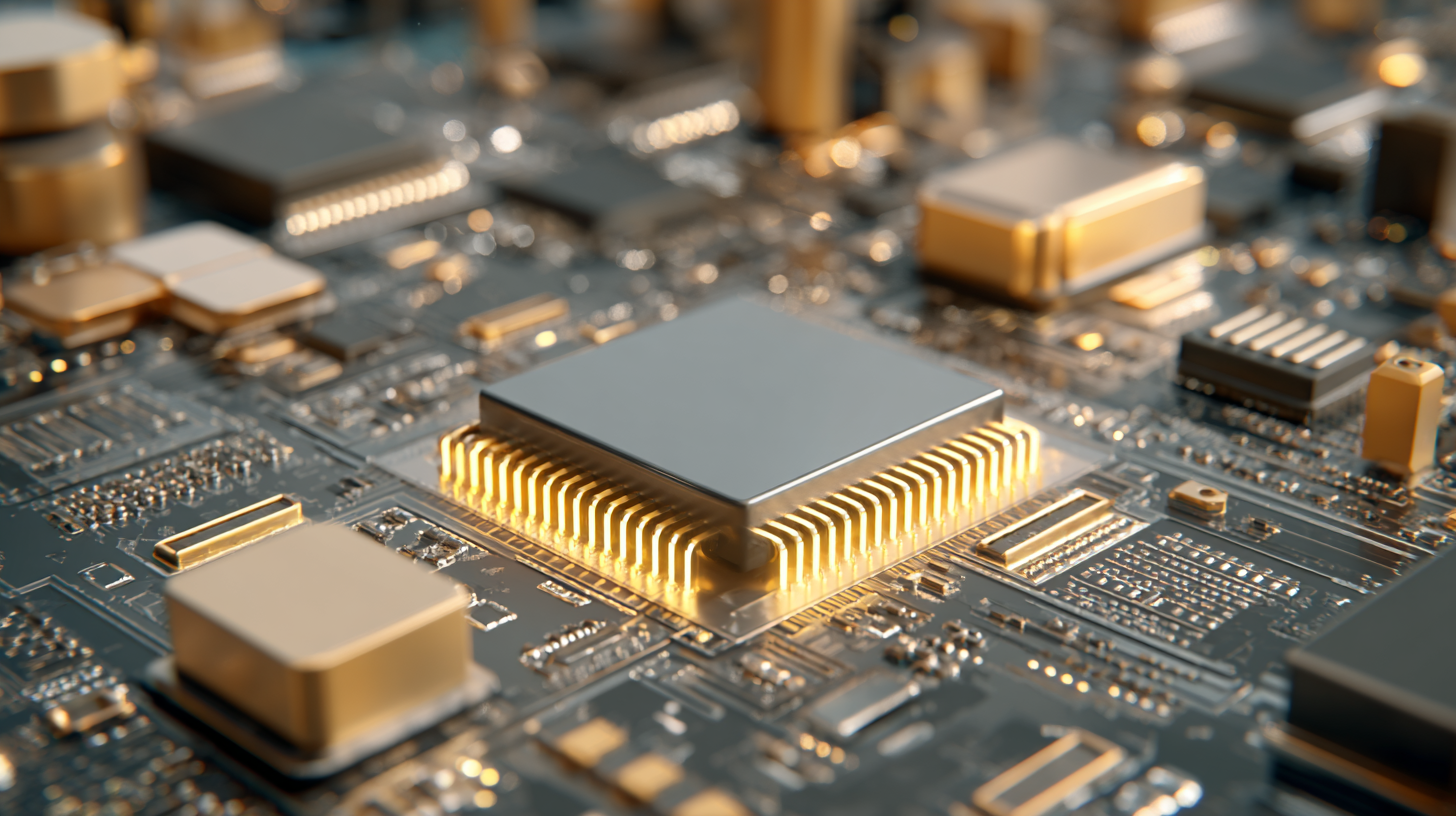
The Impact of Electronic Components on Emerging Technologies and Market Trends
As we look towards the future, electronic components are set to play a pivotal role in shaping emerging technologies and market trends. The global market for basic electronic components was valued at approximately $30 billion in 2022, with projections indicating it will reach $45 billion by 2030, reflecting a compound annual growth rate (CAGR) of 5.5%. This growth signals a robust demand for electronic components across various sectors, including healthcare, automotive, and data centers. For instance, advancements in the medical device industry are directly influenced by technological progress in upstream sectors, emphasizing the interconnectedness of these industries.
Tips: Investing in electronic components can be crucial for businesses looking to harness innovation. Keeping abreast of market trends will help stakeholders anticipate changes effectively.
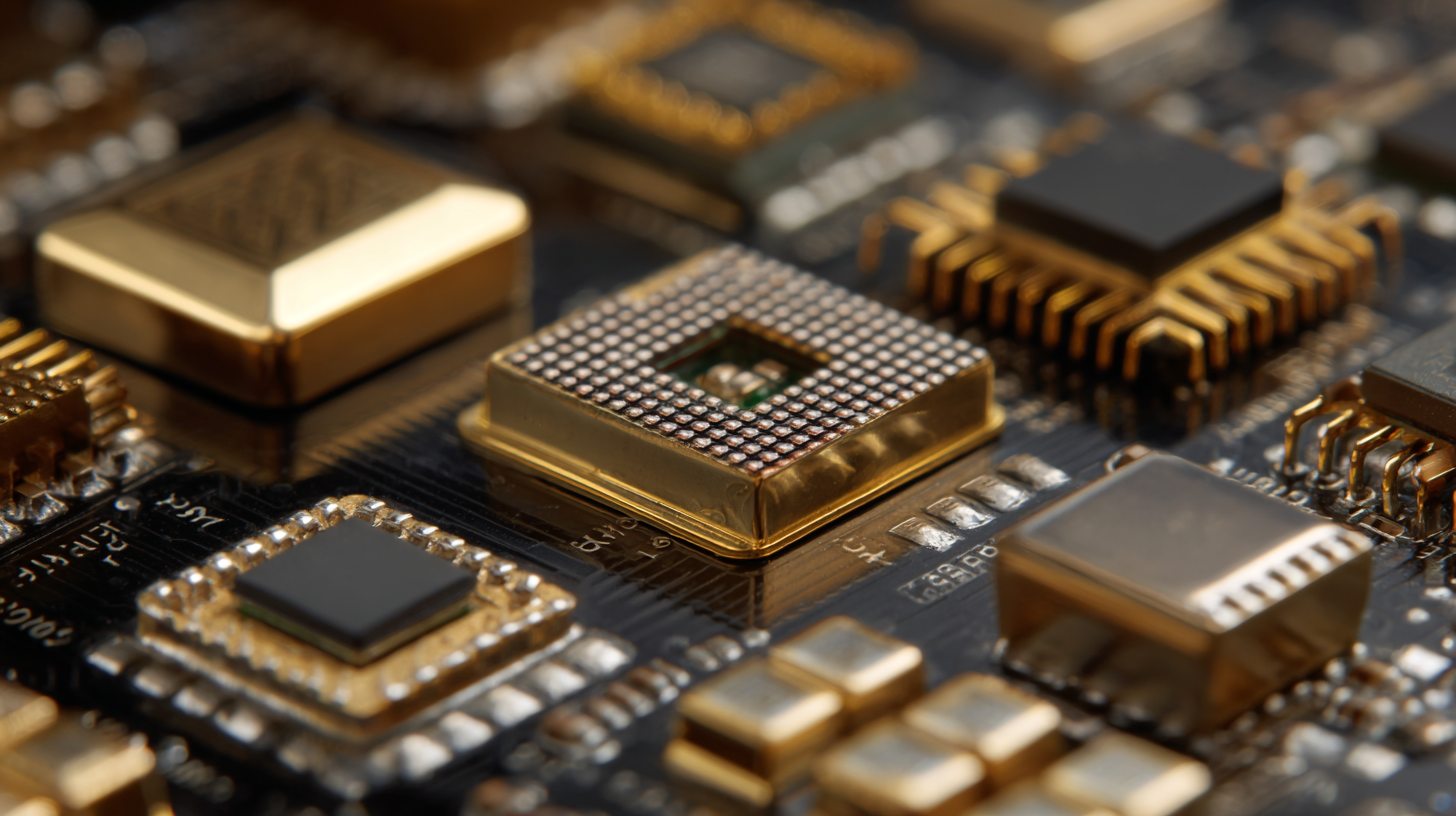
Additionally, the automotive sector is experiencing significant growth, with the market size expected to surpass $22.4 billion in 2023, boosted by the rising demand for electric vehicles (EVs) and advanced connectivity solutions. According to reports, over 1,033.1 billion dollars of electronic manufacturing services are predicted by 2032, driven by innovations like AI and digital twin technology, making intricate manufacturing processes more feasible. Embracing these trends will be essential for companies aiming to remain competitive in a rapidly evolving landscape.
Tips: Organizations should consider integrating advanced electronic components into their product lines to stay at the forefront of innovation.
Evaluating the Role of Semiconductors in Driving Innovation Across Industries
In the rapidly evolving landscape of technology, semiconductors serve as the backbone of innovation across various industries. Their ability to manage and amplify electrical signals is crucial in the development of advanced electronic devices. From smartphones to autonomous vehicles, semiconductors enable enhanced functionalities and performance, driving the creation of smarter and more efficient systems. This ubiquity reflects the essential role semiconductors play in facilitating breakthroughs in areas such as artificial intelligence, the Internet of Things (IoT), and renewable energy solutions.

Moreover, the semiconductor industry itself is characterized by continuous innovation. Manufacturers are constantly pushing the boundaries of materials, design, and miniaturization, leading to more powerful and energy-efficient chips. This not only accelerates the speed of technological advancement but also broadens the scope of applications across sectors such as healthcare, automotive, and telecommunications. By investing in research and development, companies are setting the stage for a future where semiconductors will drive the next wave of transformative technologies, thereby reshaping entire industries and enhancing the quality of life globally.
Leveraging IoT and Edge Computing: The Essential Electronic Components
The rapid advancement of the Internet of Things (IoT) and edge computing has transformed the landscape of technology, with electronic components playing a crucial role in this evolution. According to a report by IoT Analytics, the global IoT market is projected to grow from $250 billion in 2023 to over $1 trillion by 2030. This explosive growth is largely fueled by the integration of smart sensors, microcontrollers, and other electronic components that are essential in creating interconnected devices capable of collecting and processing data in real-time.
Edge computing, in particular, relies heavily on electronic components to process data closer to its source rather than sending it to centralized data centers. This paradigm shift not only reduces latency but also enhances data security and bandwidth efficiency. A recent study by Gartner indicated that by 2025, over 75% of enterprise-generated data will be processed at the edge. Consequently, the demand for specialized components, such as field-programmable gate arrays (FPGAs) and application-specific integrated circuits (ASICs), is expected to rise, as these technologies provide the necessary performance and flexibility to meet the needs of diverse applications across various industries.
Analyzing the Growth of Renewable Energy Systems Powered by Advanced Electronics
The evolution of renewable energy systems is significantly influenced by advanced electronic components. These components are instrumental in enhancing the efficiency and reliability of solar panels, wind turbines, and energy storage systems. For instance, power electronics play a crucial role in converting and managing energy from renewable sources, making it a seamless experience for both producers and consumers. Integrating sophisticated semiconductors and microcontrollers allows for real-time monitoring and optimization of energy production, which is vital in a world striving for sustainability.
**Tip:** When considering renewable energy solutions, focus on the specifications of electronic components. Opt for systems that include smart inverters, as they facilitate better grid integration and energy management.
The ongoing growth of renewable energy systems is not just about harnessing natural resources; it relies deeply on cutting-edge electronics that drive innovation. As technology advances, manufacturers are developing components that are not only more efficient but also more environmentally friendly. These innovations are essential in addressing the ever-increasing demand for clean energy and reducing the carbon footprint associated with traditional energy sources.
**Tip:** Stay updated with the latest trends in electronic component technology, as emerging innovations can significantly impact the performance and sustainability of your renewable energy projects.
Unlocking Innovation: Growth of Renewable Energy Systems Powered by Advanced Electronics
Future-Proofing: The Importance of Electronic Components in Smart Devices Development
The rapid advancement of technology has made electronic components a crucial factor in ensuring the development of smart devices. As devices become more sophisticated, the demand for reliable and innovative electronic components that can enhance functionality, improve energy efficiency, and support connectivity has grown significantly. These components not only serve as the backbone of modern electronics but also enable seamless integration into various applications, from smart homes to wearable technology.
Tips for Future-Proofing Your Device Development:
- Invest in Quality Components: Choose high-quality electronic components that meet international standards to ensure longevity and reliability in your smart devices.
- Stay Updated on Trends: Regularly monitor trends in electronic components, such as advancements in sensor technology and energy-efficient materials, to incorporate cutting-edge solutions into your designs.
- Focus on Modular Designs: Design your devices with modularity in mind, allowing easy upgrades and repairs by replacing specific components instead of the entire device.
By prioritizing these strategies, developers can create innovative, future-proof smart devices that not only meet current demands but also adapt to the evolving technological landscape.
Related Posts
-
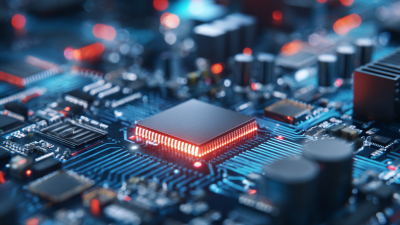
The Future of Smart Devices How Electronic Components Are Revolutionizing Technology
-

How to Navigate the Best Electronic Components Website for Your Project Needs
-
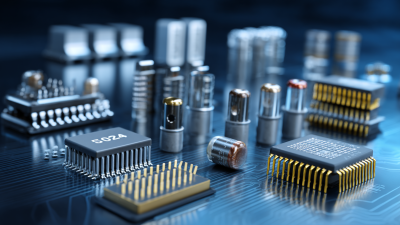
Exploring Market Trends for Electronic Components at the 2025 Canton Fair in China
-
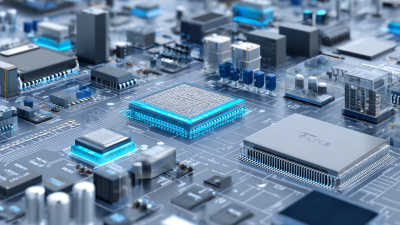
Navigating Trends in Electronic Components at the 138th Canton Fair 2025 in China
-

Unlocking the Future: Innovative Electric Switches Transforming Smart Home Technology
-

Why Understanding Electric Switches is Essential for Modern Homes
